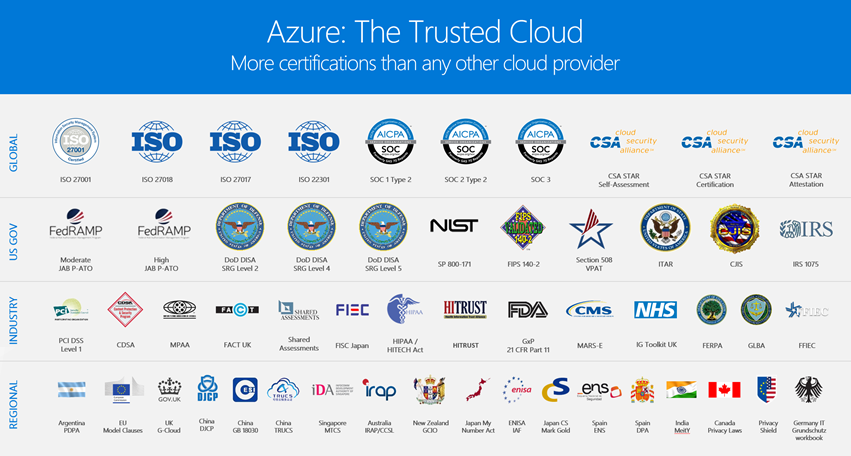Last month I shared some details around Azure Stack at https://blogs.msdn.microsoft.com/uk_faculty_connection/2017/06/15/using-azure-stack-to-teach-devops-and-it-skills/
Azure Stack in teaching and Learning
Follow the journey of academics and students at ROC van Amsterdam in the Netherlands learning Azure with Azure Stack https://azurestackblog.wordpress.com/ where the team recently had a skype call with Azure Stack Team as part of the General Availability of Azure Stack.
Azure Stack now GA to all users
Azure Stack has been rolled out across the world, and allows developers to create and run applications on their own servers but use all the Azure tools that cloud-only professionals enjoy. As you can see from the blog above Azure stack is a great tool for so-called hybrid model – using servers on their own premises as well as Microsoft’s cloud.
Teaching and learning using Azure Stack will demonstrate to students how to cut latency and connectivity issues as data is processed on-site, rather than online. It will also allow certain industries – such as banking or healthcare – to meet regulations or policy requirements regarding uploading data to the cloud.

Azure stack experience also demonstrate that consistency is required to build and deploy applications using the exact same approach – same APIs, same DevOps tools, same portal – leading to increased developer productivity.
Azure Stack Development Kit
Microsoft Azure Stack Development Kit is a single-node version of Azure Stack, which you can use to evaluate and learn about Azure Stack. You can also use Azure Stack Development Kit as a developer environment, where you can develop using consistent APIs and tooling.
You should be aware of these points with Azure Stack Development Kit
-
Azure Stack Development Kit must not be used as a production environment and should only be used for testing, evaluation, and demonstration.
-
Your deployment of Azure Stack is associated with a single Azure Active Directory or Active Directory Federation Services identity provider. You can create multiple users in this directory and assign subscriptions to each user.
-
With all components deployed on the single machine, there are limited physical resources available for tenant resources. This configuration is not intended for scale or performance evaluation.
- Networking scenarios are limited due to the single host/NIC requirement.
Recommended Hardware for on premise servers
Disk drives: Operating System
1 OS disk with minimum of 200 GB available for system partition (SSD or HDD)
Disk drives: General development kit data*
4 disks. Each disk provides a minimum of 250 GB of capacity (SSD or HDD). All available disks will be used.
Compute: CPU
Dual-Socket: 16 Physical Cores (total)
Compute: Memory
128 GB RAM (This is the minimum to support PaaS resource providers.)
Compute: BIOS
Hyper-V Enabled (with SLAT support)
Network: NIC
Windows Server 2012 R2 Certification required for NIC; no specialized features required
HW logo certification
Certified for Windows Server 2012 R2
Full hardware spec at https://docs.microsoft.com/en-gb/azure/azure-stack/azure-stack-deplo
To download the Azure Stack Development kit register at https://azure.microsoft.com/en-gb/overview/azure-stack/development-kit/
Resources and further reading
Azure Stiack https://azure.microsoft.com/en-us/overview/azure-stack/
Azure Stack – GA
https://azure.microsoft.com/en-us/blog/microsoft-azure-stack-is-ready-to-order-now
Deploying Azure Stack Development Kit https://docs.microsoft.com/en-gb/azure/azure-stack/azure-stack-deploy
 Microsoft
Microsoft